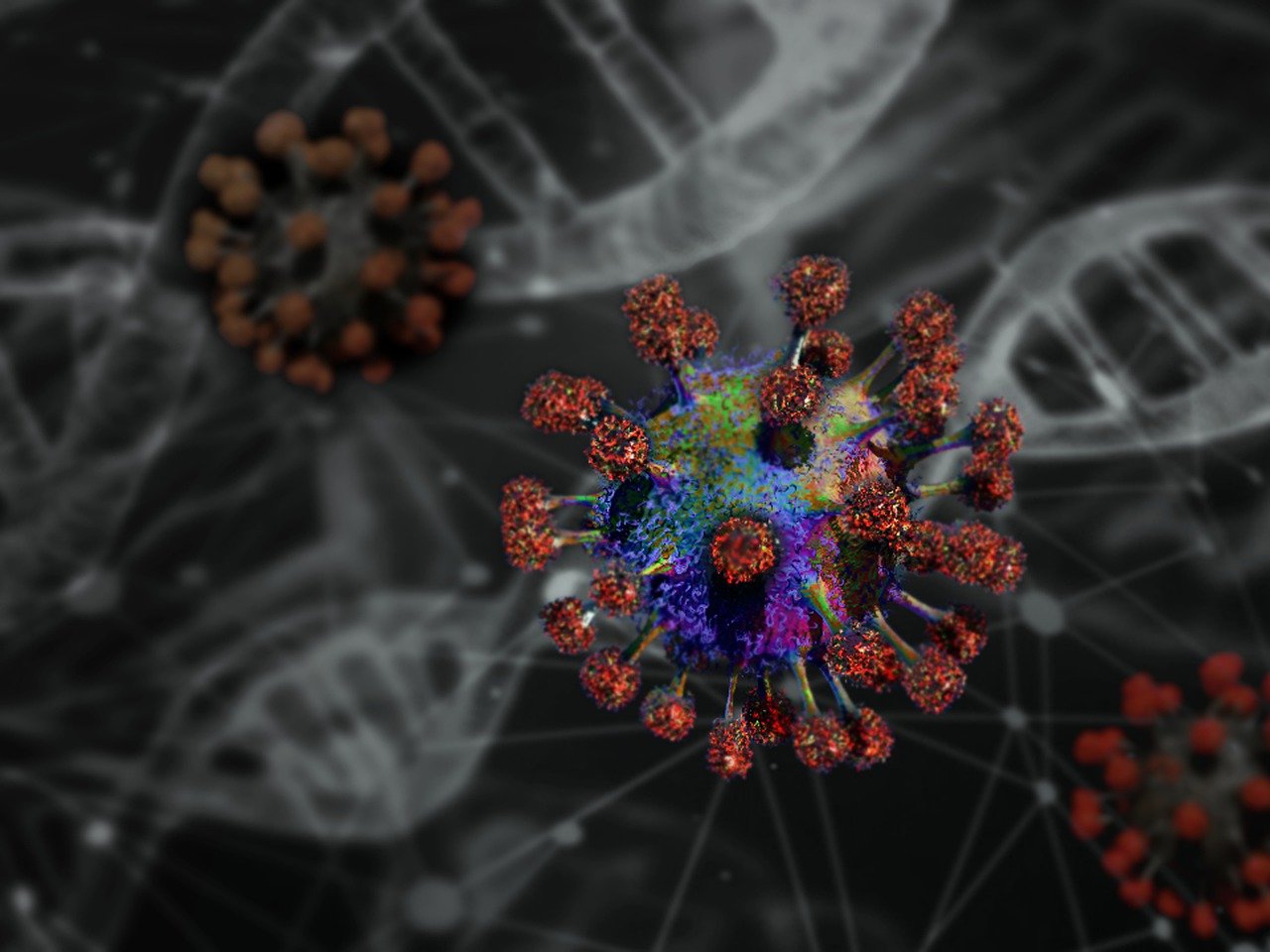In the past few weeks, a number of coronavirus vaccines have received approval in countries around the world. Over four million doses of the Pfizer-BioNTech vaccine have also been shipped and distributed in the US under the supervision of the Centres for Disease Control and Prevention.
Nearly half million of US residents have been vaccinated till now. However, it is estimated that it may take much longer for the rest of the population to receive the vaccine as it is now short in supply.
Additionally, the time of availability of the vaccination in the market and to common residents is also not known. Till now, the majority of healthcare workers around the country have received the vaccine under CDC’s vaccine distribution program.
This is because of the high-risk faced by frontline healthcare workers due to their direct exposure to the virus. Since the beginning of the pandemic, a big number of doctors, nurses, and other workers have contracted the virus.
As a result, the rates of mortality in the workers is also very high, which is why they are prioritised in the line for coronavirus vaccine.
Along with them, residents in care and old homes have also been vaccinated due to high risk of outbreaks. The administration of the vaccine till now is also considered ‘phase 1a’ of vaccine distribution program.
Now that healthcare workers and care home residents have been receiving the vaccination, the next common question is who will come next especially now that there is a shortage in supply of the Pfizer vaccine.
RELATED: Use of Antibiotics in Infants Increases the Risk of Childhood Obesity
In order to resolve the issue, the CDC’s advisory committee for vaccine distribution has prioritised two more groups on similar basis. After healthcare workers, two more groups who are at high risk of contracting coronavirus have been prioritized.
According to the phase 1b of the program, the next candidates of the vaccine include older adults over the age of seventy-five and other front line workers such as postal employees, teachers, firefighters, grocery store workers, police officers, and public transport workers.
Following 1b phase, the 1c phase will then move on too older adults over the age of sixty-five along with people between the ages of sixteen to sixty-four who have one or more existent medical conditions that increase the chances of developing severe coronavirus infection.
Additionally, the 1c phase will also include more workers such as those in food, legal, energy, media water, public safety, and technology services.
It is only after the end of all of these phases that other people between the ages of sixteen to sixty-four without any underlying conditions or risky jobs will receive the vaccine. However, it should be a noted that this timeline is only limited to the planning of the CDC.
In other countries, researchers have suggested alternative ways of distribution of the vaccine on the basis of vaccine.
Even in the US, it may be difficult to follow the program in the exact same pattern due to many technical and logistical issues. Till now, states are also noted required to follow the program but most are still doing it accordingly.


